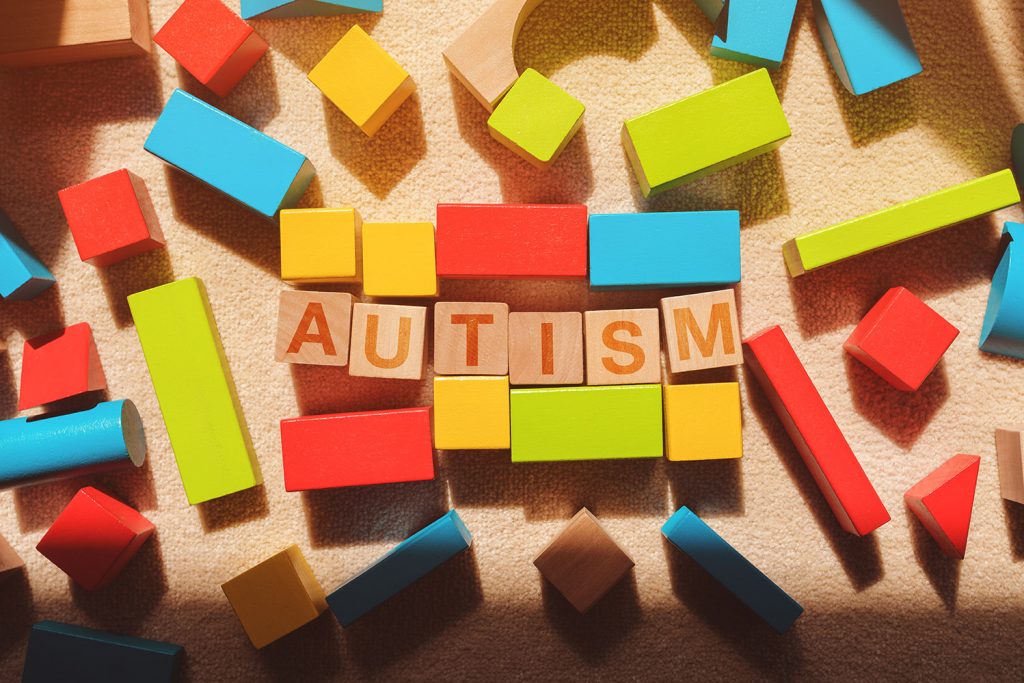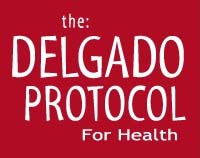Saving My Son is a book with profound personal significance for me. As a father of five children and grandfather of four, I have navigated the challenges of parenting two sons diagnosed with autism. Thirty-seven years ago, autism was considered rare, affecting approximately 1 in 2,000 children. It was during this time that the Diagnostic and Statistical Manual of Mental Disorders (DSM) first distinguished “infantile autism” from childhood schizophrenia.
My third child, Lance, was born on January 26, 1986, and diagnosed with severe, nonverbal autism. His symptoms manifested shortly after birth. His mother had received a RhoGAM injection during pregnancy—a treatment recommended to prevent complications associated with Rh incompatibility. We were told it was necessary to reduce the risk of our future children developing brain swelling or cognitive impairments.
However, RhoGAM at the time contained thimerosal, a mercury-based preservative. Mercury, particularly in sensitive populations, has been linked to numerous health risks. Boys from certain genetic backgrounds, such as those from South Pacific populations, are especially vulnerable, akin to canaries in coal mines used to detect harmful gases. Exposure to foreign proteins can trigger immune dysfunction, inflammation, and symptoms associated with autism.
Boys are biologically more susceptible to oxidative stress due to their XY chromosome pair. Free radical damage disproportionately affects them, which may partly explain why autism rates are higher among boys. Dr. Bernard Rimland’s research highlighted the potential of Dimethylglycine (DMG) as a methyl donor to combat oxidative stress. Additionally, molecular hydrogen, studied extensively in Japan, offers promising antioxidant effects. Tyler LeBaron’s work demonstrates how hydrogen tablets can selectively neutralize harmful free radicals while preserving beneficial ones.
Historically, autism has been mischaracterized. Dr. Eugen Bleuler, who coined the term “autism” in 1911, initially described it as a severe form of schizophrenia. Similarly, Dr. Langdon Down referred to what we now know as autism as “mental retardation.” Today, we recognize autism as a spectrum disorder that affects boys more frequently due to genetic vulnerabilities. It is most prevalent in countries such as Kuwait, Jordan, and Syria, with boys being disproportionately affected.
Environmental factors, such as air pollution, pesticide use, and diets high in estrogenic compounds, may also contribute to the rising prevalence of autism. Children with compromised immune systems, autoimmune disorders, or obesity are at greater risk. These connections have fueled my decades-long mission to support children with autism, starting with my son Lance’s diagnosis.
Lance, now an adult, has faced immense challenges, including periods in institutional care during puberty when testosterone surges exacerbated his condition. Despite his limited verbal abilities, Lance demonstrates emotional understanding, especially when watching classic comedies like I Love Lucy, which bring him genuine joy. His laughter reminds me of the person he is behind the silence.
My youngest son, Roman, was diagnosed with high-functioning Asperger’s syndrome as a child. He exhibited “stimming” behaviors, which he later described as soothing because he hears music in his mind while engaging in repetitive motions. Roman has thrived thanks to joint parenting decisions, dietary changes, and an emphasis on health and emotional well-being. Today, he excels in school, has a robust social life, and follows a predominantly plant-based diet. These lifestyle adjustments, coupled with supplements and exercise, have significantly improved his quality of life.
The stark contrast between Lance and Roman’s outcomes underscores the potential risks associated with medical interventions like RhoGAM. Dr. Mayer Eisenstein, a dear friend and renowned pediatrician, confirmed that the version of RhoGAM administered to Lance contained mercury, which he believed contributed to Lance’s severe condition. Dr. Eisenstein’s insights, along with those of other mentors like Dr. Robert Mendelsohn and Dr. Paul Fleiss, have guided my holistic approach to health and well-being.
My research has culminated in books like Blood Doesn’t Lie and my forthcoming release, Stop Aging Now, which explore strategies to enhance immunity and mental health. The gut, often overlooked, plays a critical role in both areas. Proper nutrition, informed decisions, and alternative therapies can make a profound difference in the lives of children with autism.
I’ve also drawn inspiration from authors like Raun K. Kaufman, whose book Autism Breakthrough illustrates how his parents helped him transition from a nonverbal child to a successful adult. His journey, documented in Son Rise: The Miracle Continues, demonstrates the transformative power of love, patience, and tailored interventions.
From diet changes and behavioral therapies to cutting-edge research, my journey has been one of relentless advocacy for my children and others affected by autism. Together, we can create a world where every child has the opportunity to thrive.
Treatments to Try
1. Change in Diet
- Follow a low-fat, high-fiber, unprocessed diet (Delgado Diet).
- Focus on:
- Allowed Foods:
- Grains: Brown rice, puffed rice, rice flour.
- Starchy vegetables: Sweet potatoes, winter squash, tapioca, taro, poi.
- Vegetables (all cooked): Celery, string beans, asparagus, spinach, lettuce, summer squash, artichokes, chard, beet greens, beets, etc.
- Non-citrus fruits (all cooked): Peaches, cherries, apricots, plums, cranberries, papaya, prunes, etc. (baby food jars can also be used).
- Restrictions:
- Avoid condiments: No salad dressing, mustard, lemon juice, vinegar, herbs, or spices.
- Limit salt usage to light amounts.
- No beverages other than water.
- Allowed Foods:
- Instructions:
- Follow the diet for one week to observe improvement (if the problem stems from food allergies).
- After a week, reintroduce one new food at a time, serving it three times a day. Watch for adverse reactions over the next hours or days.
- If a reaction occurs, wait seven days before testing the next food.
2. Phenolic (Aromatic) Food Compounds
- These compounds may cause:
- Depressed serotonin
- Elevated histamine
- Prostaglandins
- Abnormal complement and immune complex formation
- Reference: Journal of Orthomolecular Psychiatry, 1983, 12(4), 283-291.
3. Supplements to Take (Organic Sources Preferred)
- B Complex (found in B-Active):
- B1
- B2
- B3 (Niacin): 1 to 3 grams
- B15 (Pangamic Acid): Up to 200 mg daily
- Folic Acid:
- Consider 5MTHF (methyl folate) instead, as regular folic acid may elevate histamine levels, worsening allergies (see Peiffer, M.D., “Nutrition and Mental Illness”).
- Pantothenic Acid: 200 to 600 mg
- B6: Up to 200 mg daily (higher doses for specific effects like dream recall, but reduce if tingling occurs).
- Pyridoxal phosphate (B6 derivative) may be used at reduced dosages.
- Magnesium: Helps offset sensitivity to noise and bedwetting (side effect of B6).
- Vitamin C: 1 to 3 grams with bioflavonoids (prefer natural sources over synthetic ascorbic acid).
- Glutamic Acid
- Zinc: 25 mg morning and evening to counteract high copper levels.
Tests Your Doctor Must Conduct
- Heavy Metal Exposure:
- Test blood and hair for lead, copper, and aluminum levels.
- Consider high-fiber oats or wheat bran for removal (Chelation therapy may be discussed).
- Histamine Levels:
- Test urine and blood plasma.
- Allergy Tests:
- Alletess IGG for food and mold.
- IGE for inhalants.
- Mauve Factor:
- Test for pyrroles in urine.
- Blood Morphology:
- Conducted by MDs or certified health practitioners (trained by Dr. Nick Delgado).
- Fibrin Dry Blood Test: Observes oxidative stress (note: for informational purposes, not diagnostic).
- Candida Testing:
- Microscope/lab test for candida and RAST allergy test for candida.
- Treatment option: Nizoral 200 mg (see Dr. David Steenblock interview with Dr. Nick Delgado on Vimeo).
Additional Medical Panels
- Lipid Panel:
- Triglycerides (high levels impair brain function by depriving oxygen).
- Cholesterol (can clog brain arteries, leading to cognitive decline).
- SMAC Chemistry Panel:
- For kidney and liver function.
References
Oxidative Stress in autism Abha Chauham
Richard Bandler trained with Tad James who trained Nick Delgado
Tad James Time Line Therapy Nick assess
Autism
http://autismbreakthrough.com/autism/the-son-rise-program-autism-therapy/
Autism movie solution
Raun Kaufman help kids
*What are the 3 main symptoms of Aspergers?
What are the Symptoms of Asperger’s Syndrome? Children with Asperger’s Syndrome exhibit poor social interactions, obsessions, odd speech patterns, limited facial expressions and other peculiar mannerisms.
https://www.nationwidechildrens.org › …
Asperger’s Syndrome: Symptoms
Underestimated an Autism Miracle if it is available and the print book that Kyle Bergthold says changed his life with his autistic son.
Praise for the book by Jenny McCarthy, Author of Louder than Words “Life for many will never be the same after reading this book”
Underestimated an Autism Miracle by J.B. Handley and Jamison Handley
Watch





